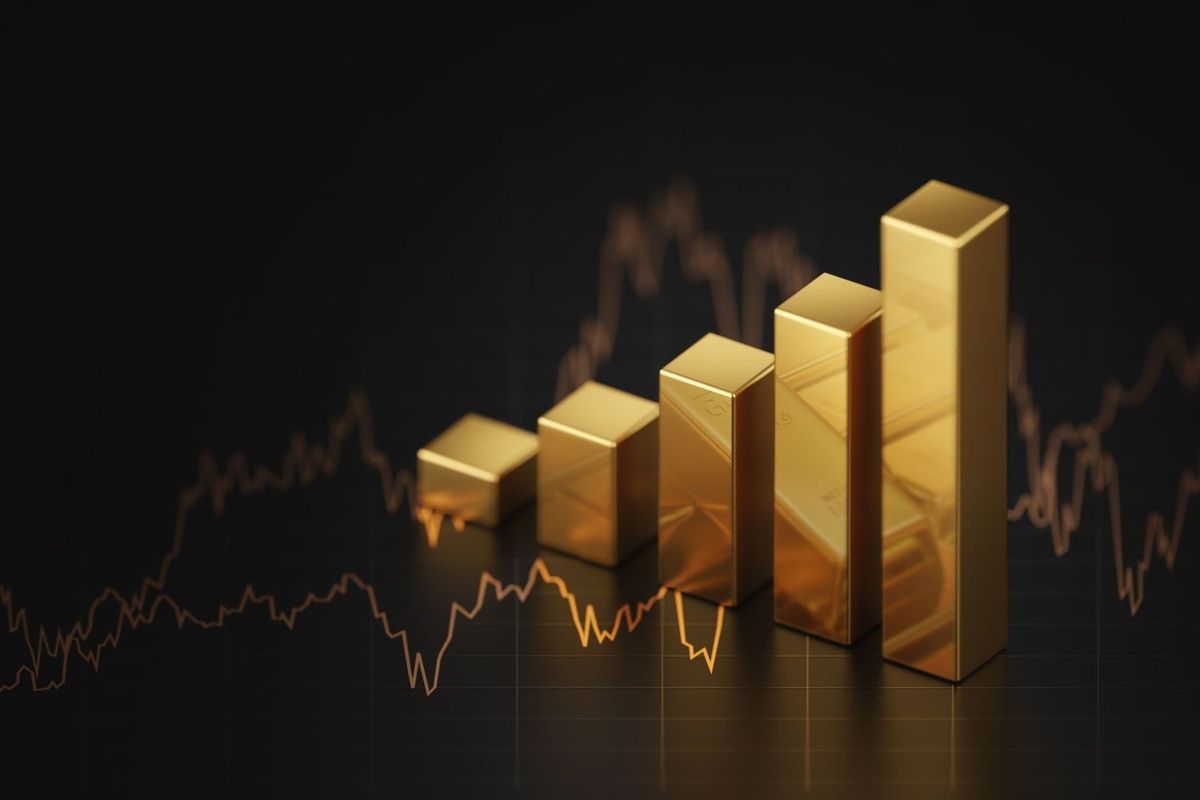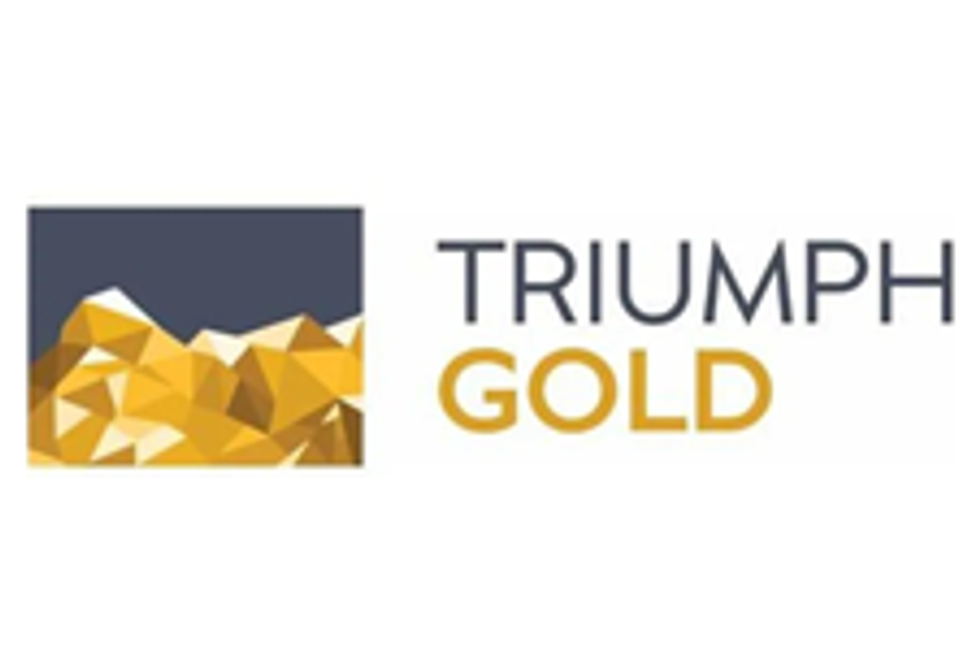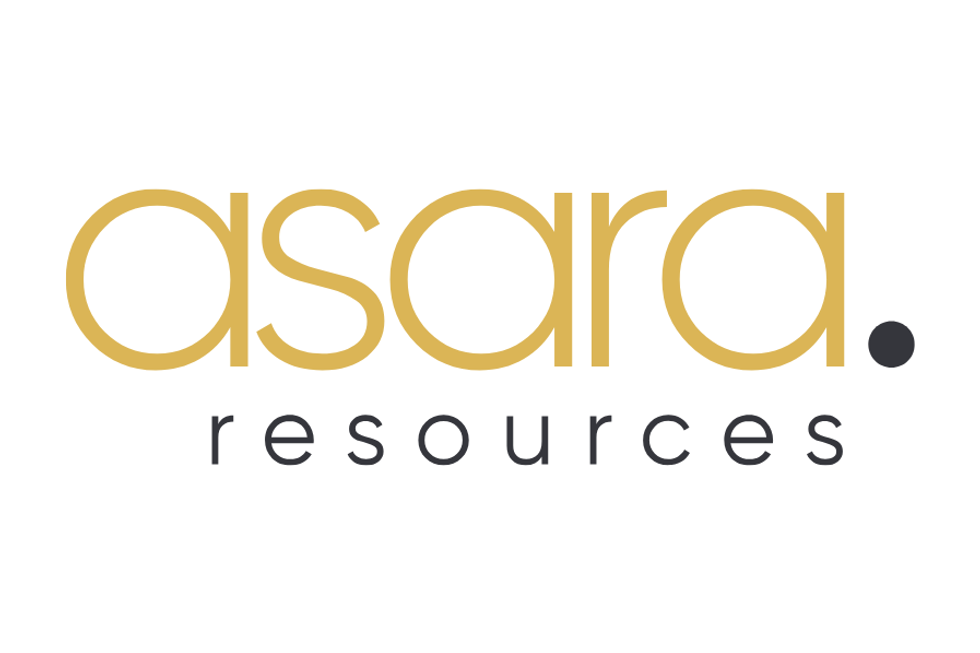What is the Gold Spot Price?
Sep. 10, 2024 01:50PM PST
The gold spot price is tightly aligned with investment demand for the yellow metal. Here’s an overview of what it is, how it’s determined and where it could go.

Lemonsoup14 / Shutterstock
The gold spot price is used globally when the precious metal is traded. Constantly in a state of flux, the gold price is driven by diverse factors, from safe-haven demand to futures market speculation.
For much of human history, gold has been looked to as a symbol of wealth. The yellow metal emerged as a desirable commodity as far back as 4000 BCE in Egypt. In 2600 BCE, Mesopotamian artisans began crafting gold jewelry to adorn royal elites. By 700 BCE, humans were using gold coins in the first monetary transactions.
In modern times, gold is not only recognized as a sign of affluence or a safe place to store value, but has also become a popular investment vehicle for generating wealth.
Today, gold can be traded in physical forms such as gold bullion coins and bars, as well as via paper trades such as gold futures, gold exchange-traded funds and gold stocks.
Physical gold transactions are tied to the spot price for gold, while gold paper trades play a role in determining that price. Read on for more information on the gold spot price and why it's important.
What is the gold spot price?
The gold spot price represents the current purchase price of a troy ounce of the precious metal for immediate delivery. The spot price for gold is typically used in gold bullion transactions, with trading activity taking place in numerous financial hubs around the world, from Hong Kong to New York to London to Delhi. This global scale means that the spot gold market is open somewhere in the world 23 hours a day, Sunday through Friday.
Investors who are new to gold trading often assume that the spot price is the only way prices are set for the yellow metal. However, there is a difference between the spot price and prices for gold futures.
Whereas in the spot market the gold purchased is intended for immediate delivery, in the futures market gold is sold in a contract with a delivery date sometime in the future at a predetermined price. Known as the futures price, this value is often higher than the spot price for gold.
How is the gold spot price determined?
The spot price of a troy ounce of gold is determined by over-the-counter trading, where prices are negotiated between buyer and seller. When you look at the gold spot price on a site like Kitco, you will see high and low values. These represent the highest ask price and the lowest bid for that day.
As per Kitco, "For larger transactions, most precious metals traders will use a benchmark price that is taken at specific periods during the trading day." These benchmark prices, known as gold fixes, are typically set twice a day and are based partly on what's happening in the gold spot market and partly on activity in the gold futures market.
The London Bullion Market Association (LBMA) leads the way in setting the benchmark price for gold, as well as the silver price. The pricing mechanism for the LBMA Gold Price, dubbed the London Fix, is linked to electronic auctions between 13 member banks, including the Bank of China (HKEX:3988), Goldman Sachs (NYSE:GS), HSBC Bank USA, JPMorgan Chase (NYSE:JPM) and Toronto-Dominion Bank (TSX:TD,NYSE:TD).
The LBMA Gold Price is in turn tied to the electronic trading of gold futures on the COMEX, part of CME Group (NASDAQ:CME). "The spot gold price is calculated using data from the front month futures contract traded on the COMEX," according to gold dealer JM Bullion. "If the front month contract has little to no volume, then the next delivery month with the most volume will be utilized."
The front month refers to the month nearest to the current date. The gold spot price is technically an average net present value of the estimated future price of gold based on traded futures contracts and the nearest month.
Gold spot price history
As with any commodities market, the price of gold can change dramatically on surges in supply and demand. Gold is also particularly sensitive to geopolitical risks, social upheaval and stock market shakeups. Headline news events to that effect can result in dramatic swings in the spot price for gold.
A look at gold's price history over the past 30 years shows that the precious metal does especially well during times of uncertainty as investors look for safe-haven investments.
Steady economic growth in the mid-1990s led to a drastic decline in the gold price, which slid from around US$410 per ounce to about US$288. But during the 2008 financial crisis, gold's safe-haven status became increasingly apparent as the metal spiked to US$869.75.
The spot price for gold would later reach more than US$1,900 on September 5, 2011, as investors grew increasingly concerned that the US would default on its debt; at the time that was gold's highest price ever.
In the following decade, the gold spot price saw peaks and troughs. Halfway through 2013, tit took a dive to the US$1,220 level, and it remained between US$1,100 and US$1,300 from 2014 to early 2019.
Since then, it has more than doubled. This began in the second half of 2019, when a weaker US dollar, increasing geopolitical tensions and slowing economic growth sent gold prices above US$1,500.
In 2020, the COVID-19 pandemic threw the global economy into a tailspin, with the gold price adding more than US$500 to its value in the first eight months of the year, breaking US$2,000 for the first time.
Russia's invasion of Ukraine and continued economic uncertainty lent a hand to gold in early 2022, pulling the yellow metal up to a then-record price of US$2,074.60 in March. However, it plummeted through much of the year to below US$1,650. 2023 was stronger for gold on the back of banking instability, high interest rates and the breakout of war in the Middle East.
2024 has been a strong year for the gold spot price, which has broken through multiple fresh levels throughout the year on fears of a looming US recession, the promise of Fed rate cuts on the horizon and the worsening conflict in the Middle East and the US election.
By mid-March, gold broke through the US$2,200 level, in April it moved above US$2,400 and in early August it broke through US$2,500 for the first time, hitting a new high of US$2,530 later that month.
Learn more about the gold spot price
Ready to build your gold spot price knowledge? For a deeper dive into the mechanics of gold's price movements, check out our article Follow the Money: A Guide to Gold Technical Analysis.
How high could the gold spot price go? In the past few years, gold market analysts have put forth eyebrow-raising gold price forecasts. Will the price of gold break the US$3,000 level? Will gold push past US$4,000 to US$5,000? Could US$8,000 or even US$10,000 gold become a reality sometime in the near future?
See the Investing News Network's interviews with Brett Heath, Peter Grandich, Brien Lundin, Rob McEwen, Frank Holmes, Gareth Soloway, Don Durrett and others who are bullish on gold.
This is an updated version of an article first published by the Investing News Network in 2020.
Don't forget to follow us @INN_Resource for real-time updates!
Securities Disclosure: I, Melissa Pistilli, hold no direct investment interest in any company mentioned in this article.
From Your Site Articles
- A Guide to Physical Gold as an Investment ›
- When Will Gold Go Up? ›
- What are Gold Futures? | INN ›
- What Was the Highest Price for Gold? | INN ›
Related Articles Around the Web
https://twitter.com/INN_Resource
https://www.linkedin.com/in/melissa-pistilli-865271a9/
mpistilli@investingnews.com






